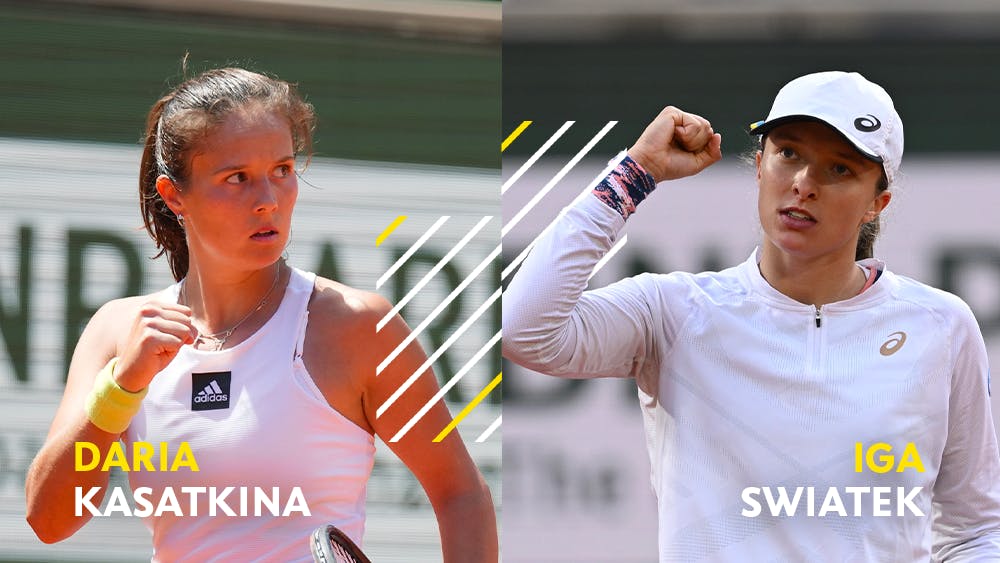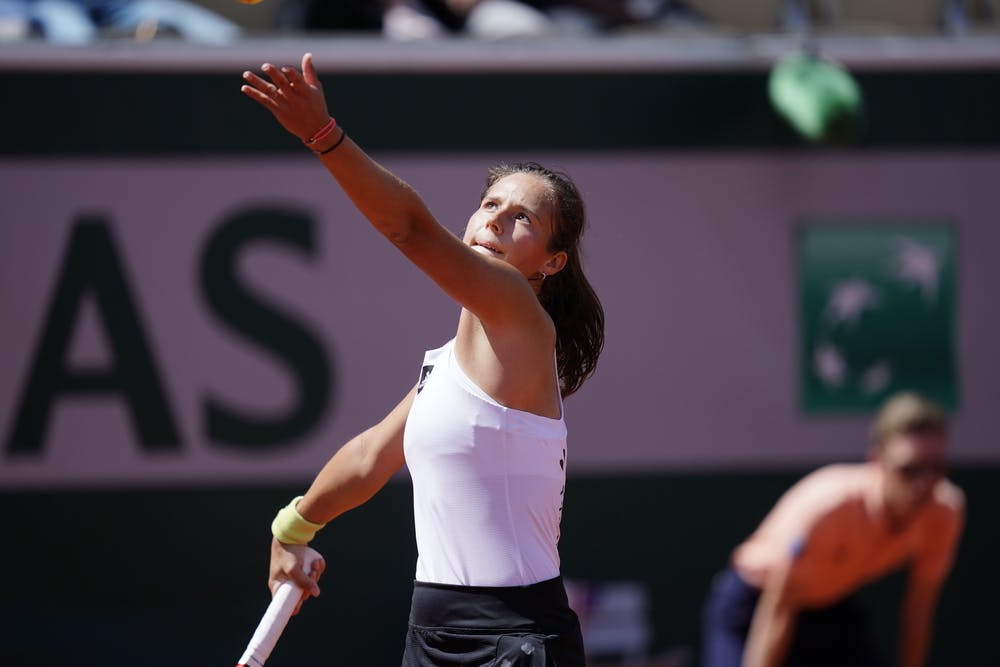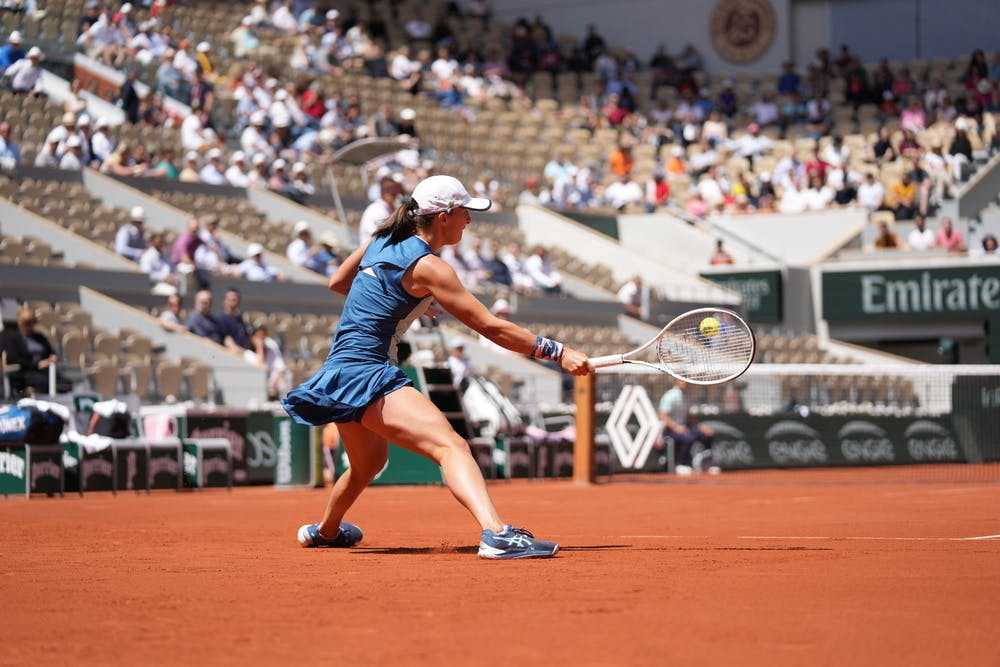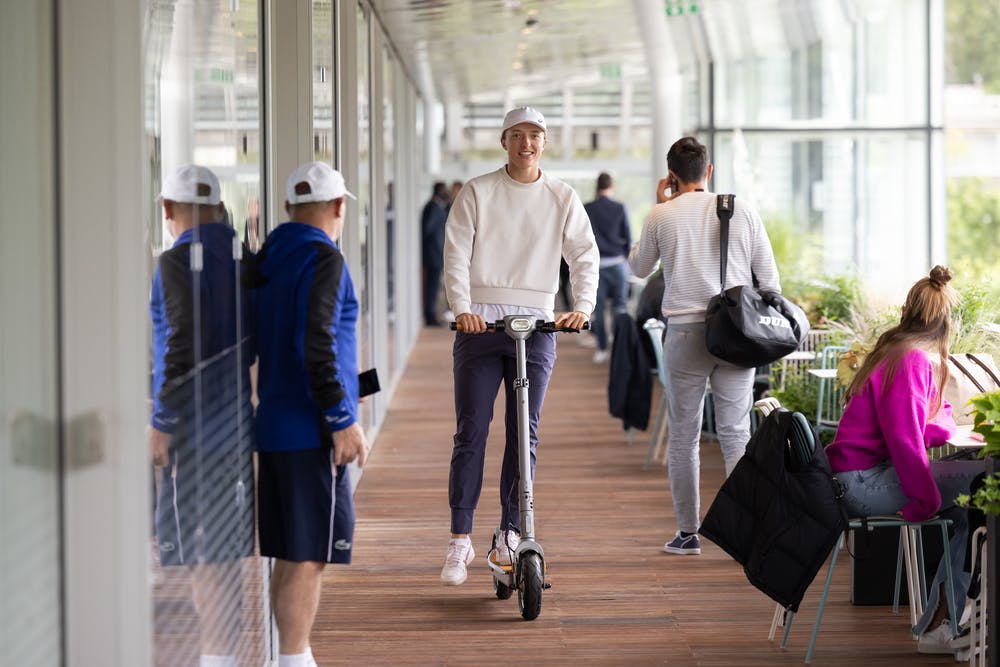World No.1 Iga Swiatek meets Daria Kasatkina in the semi-finals at Roland-Garros on Thursday, a chance for the Pole to reach the final for the second time in three years and Kasatkina to make the final of a Grand Slam for the first time.
Swiatek is on a 33-match winning streak as she tries to add to her 2020 title while Kasatkina is in new territory after a superb return to form in the past 12 months following two years in the wilderness.
 ROLAND-GARROS
18 May - 7 June 2026
ROLAND-GARROS
18 May - 7 June 2026





